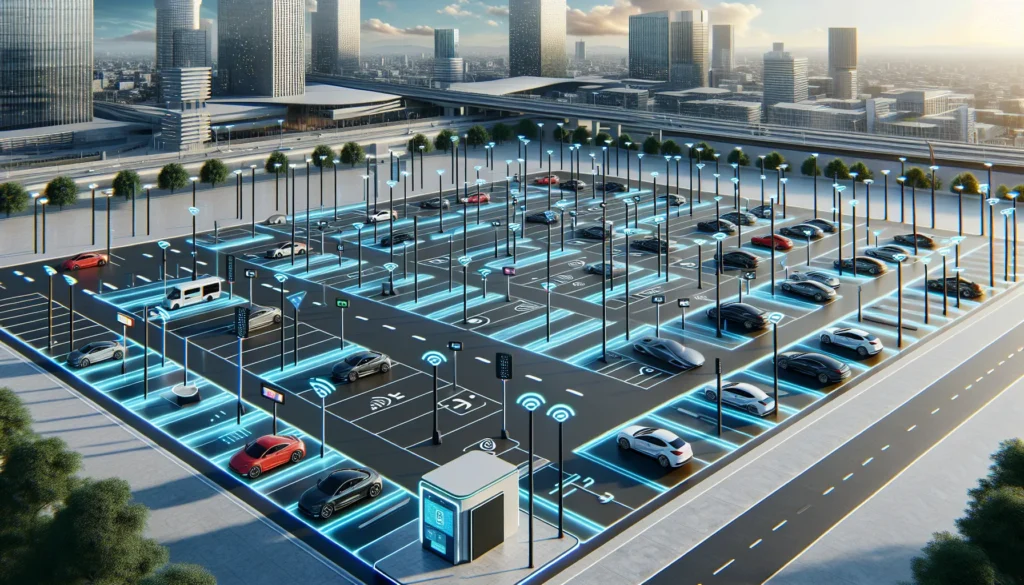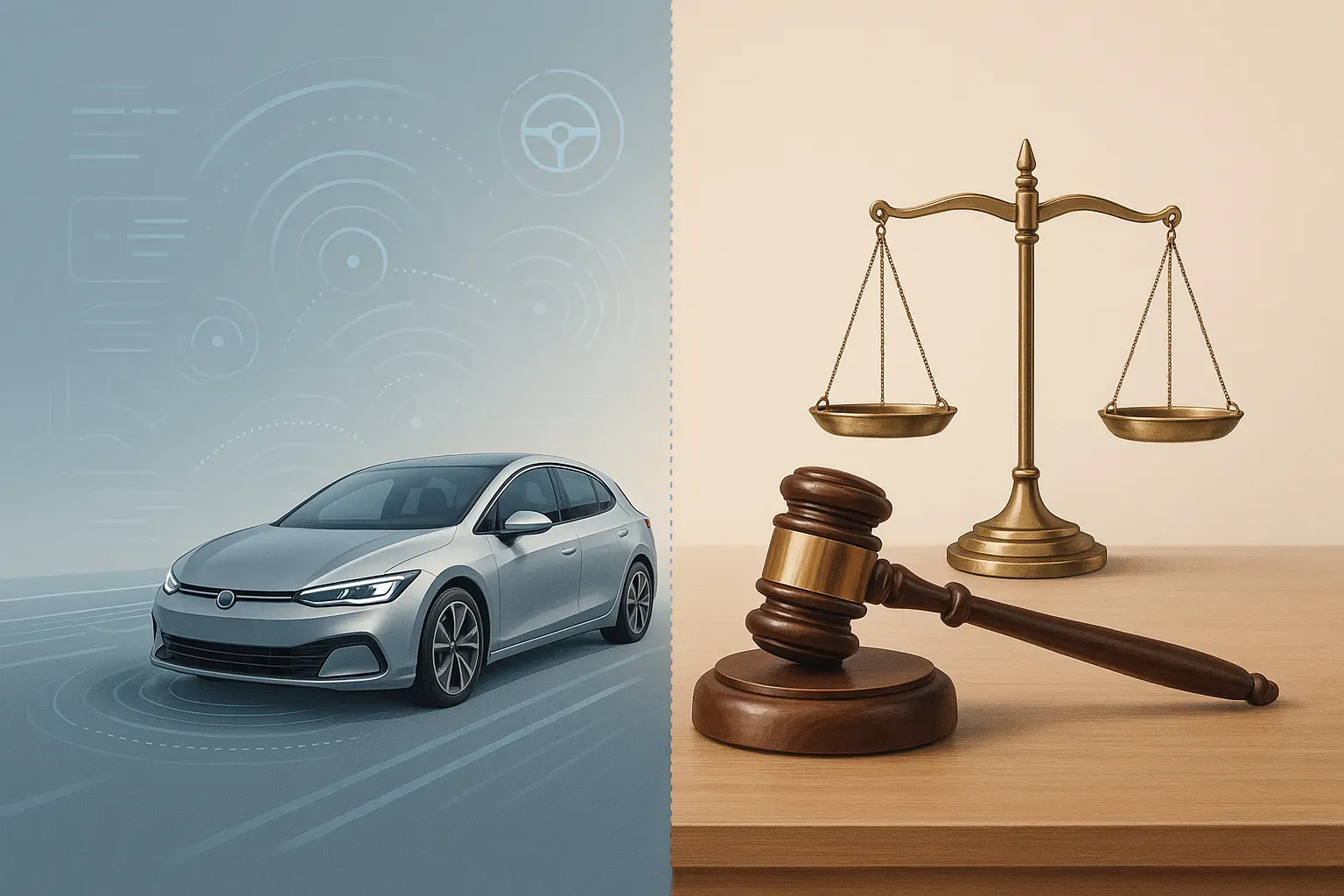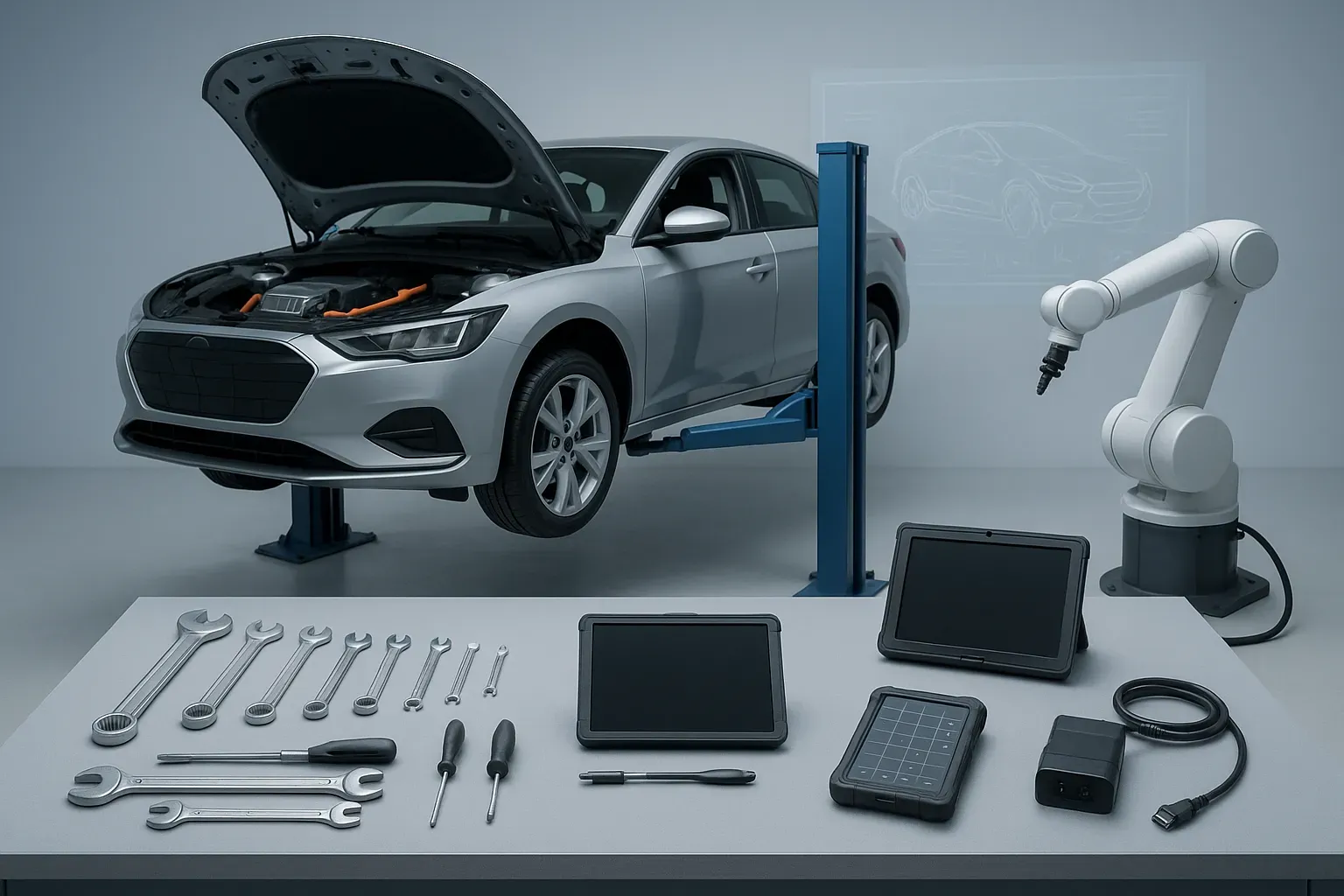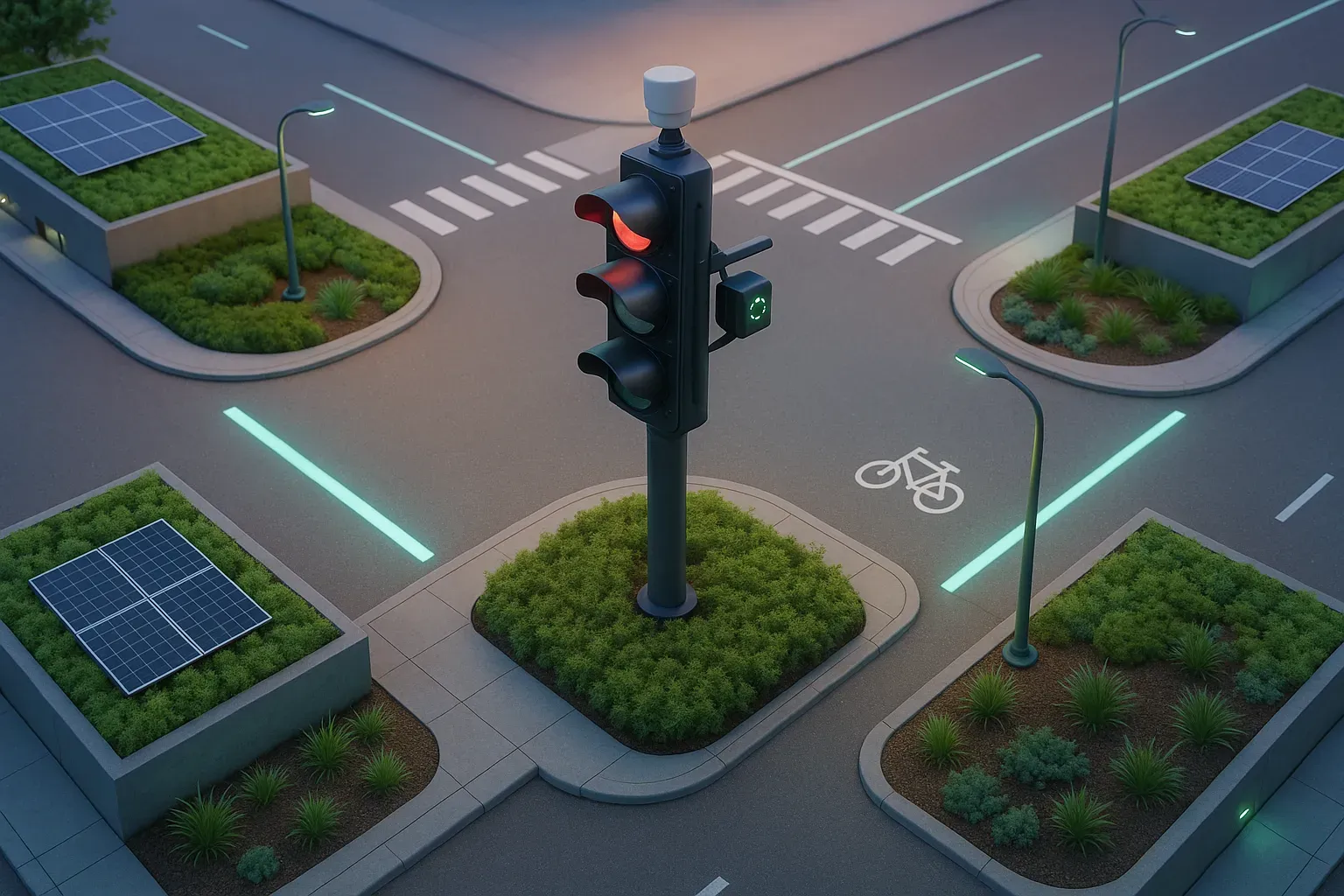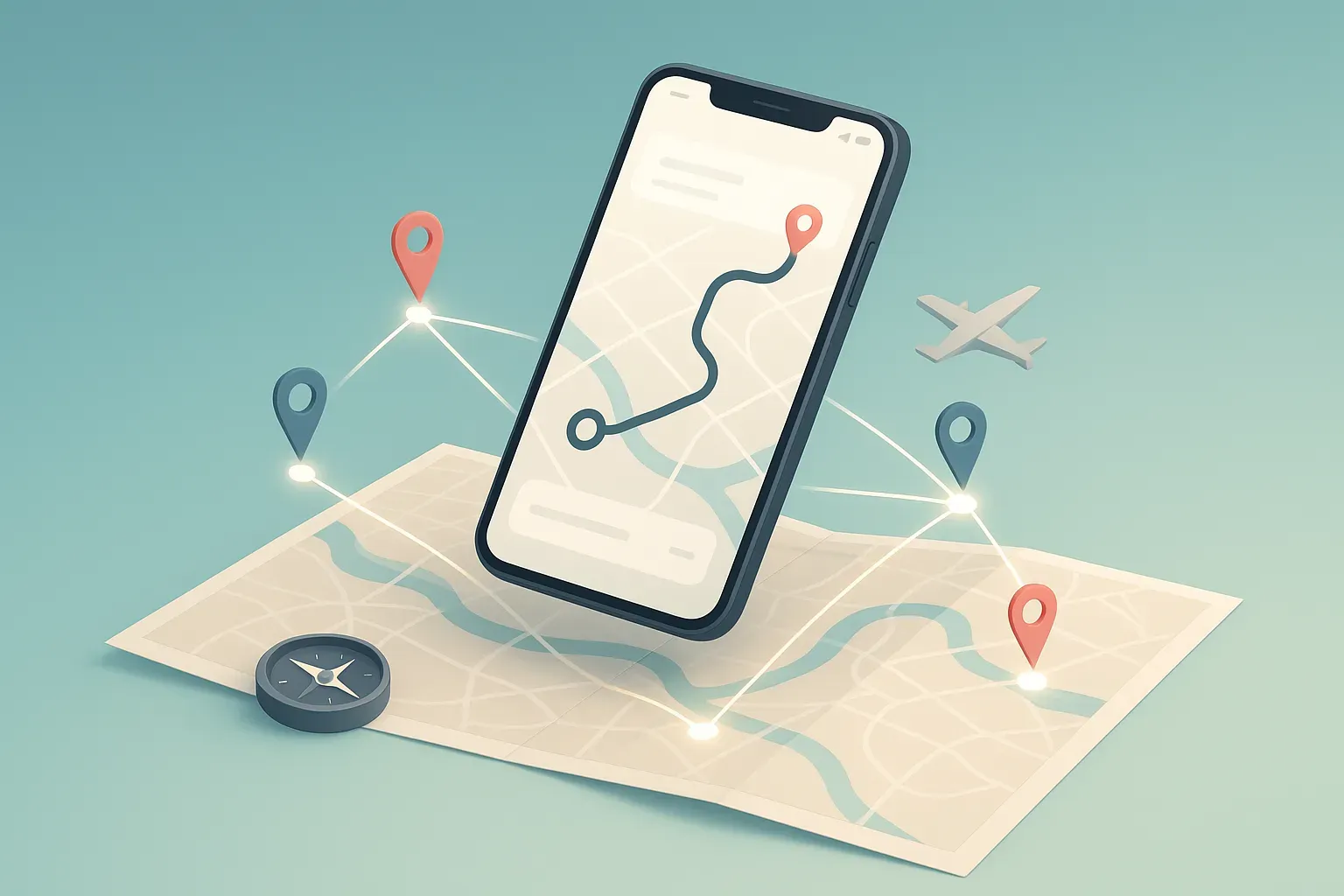Cities worldwide are tackling parking challenges with innovative smart solutions. This article explores real-world examples of how urban centers are transforming their parking management systems. Drawing on insights from industry experts, we’ll examine how technology is reshaping the way people park in cities.
- Austin Smart Parking Pilot Revolutionizes Urban Mobility
- Milwaukee’s Smart Meters Boost Commercial Zone Activity
- SFpark Program Eases Congestion in San Francisco
- Sensor-Based Systems Transform City Parking Management
- Dynamic Pricing Optimizes Urban Parking Space Utilization
- Mobile Apps Streamline Parking in Urban Areas
- IoT Meters Enhance Parking Enforcement Efficiency
- AI Analytics Guide Future Parking Infrastructure Planning
Austin Smart Parking Pilot Revolutionizes Urban Mobility
One standout example of smart infrastructure improving parking availability is the Austin Smart Parking Pilot Program, right here in my hometown. The city rolled out a sensor-based parking management system in high-traffic areas like downtown and South Congress to tackle growing congestion and limited space. As someone based in Austin and working in digital innovation through DIGITECH, I followed this project closely, not just as a local, but because it’s a great case of tech solving real urban pain points.
The core of the project involved embedding in-ground sensors in metered spots. These sensors relayed real-time occupancy data to a centralized system, which then pushed live updates to parking apps and dynamic signage around the city. Drivers could instantly see which blocks had open spots, reducing time spent circling the streets. This cut down on unnecessary emissions and helped reduce traffic bottlenecks caused by drivers searching for parking.
Another key feature was the integration with Austin’s Park ATX app, which allowed users to not only find spots but also pay remotely, get reminders when time was running out, and even extend their session, all from their phone. The backend analytics also gave the city invaluable data on usage patterns, helping them optimize enforcement, pricing, and future zoning decisions.
The result? Increased turnover in high-demand zones, improved compliance, and a better overall parking experience. My big takeaway: smart infrastructure works best when it blends real-time data with user-friendly tools. It’s not just about adding tech, it’s about making everyday tasks like parking simpler and more efficient for everyone involved.
 Darryl Stevens
Darryl Stevens
CEO, Digitech Web Design
Milwaukee’s Smart Meters Boost Commercial Zone Activity
I witnessed it firsthand while investing near Milwaukee’s downtown. They implemented smart meters with real-time data and dynamic pricing in a busy commercial zone we were renovating nearby. Before that, parking was chaotic—locals avoided the area, and our open house traffic decreased. After the upgrade, people could check space availability through an app and reserve spots in advance. It smoothed out demand, reduced circling time, and brought more consistent foot traffic to small businesses nearby, including our buyer showings. The key was visibility and automation. When people trust they can find a parking spot, they actually show up. That shift helped boost property interest and retail activity quickly.
 Carter Crowley
Carter Crowley
Founder, CB Home Solutions
SFpark Program Eases Congestion in San Francisco
An excellent example of intelligent infrastructure managing parking better is the SFpark program in San Francisco. This program aimed to reduce chronic parking congestion by installing sensors in more than 7,000 metered spaces and city-owned garages. It then applied that data to set prices dynamically–increasing them in places where demand was high and lowering them where spaces had often gone empty. This resulted in drivers spending less time looking for parking, and double parking became significantly less common as well.
As a moving company that offers services throughout the 50 states, I can say that programs like SFpark present a model we’d love to see more cities adopt — especially those with dense downtown cores, where parking a 20-foot box truck can pose a logistical nightmare. We advise partnering with city officials in key markets to ask for expanded loading zones or timed access permits integrated into smart parking platforms. These types of systems don’t just help personal car drivers — for commercial drivers like us, who need space, efficiency of time, and compliance in order to keep things moving, it can absolutely be a game changer!
 Vidyadhar Garapati
Vidyadhar Garapati
CEO, Movers(dot)com
Sensor-Based Systems Transform City Parking Management
Sensor-based parking guidance systems are revolutionizing urban traffic management. These innovative solutions use advanced technology to detect available parking spots in real-time. By providing drivers with accurate information about parking availability, these systems significantly reduce the time spent searching for parking.
This, in turn, leads to less traffic congestion and lower emissions in city centers. The implementation of such systems has shown promising results in many cities worldwide, improving the overall quality of urban life. City planners and policymakers should consider adopting these smart parking solutions to create more efficient and livable urban spaces.
Dynamic Pricing Optimizes Urban Parking Space Utilization
Dynamic pricing models have emerged as a game-changer in optimizing parking space utilization. This approach adjusts parking rates based on demand, encouraging more efficient use of available spaces. During peak hours, prices may increase to discourage long-term parking and promote turnover. Conversely, during off-peak times, lower rates can attract more parkers to underutilized areas.
This flexible pricing strategy helps balance parking demand across different areas and times of day. The result is improved accessibility and a more equitable distribution of parking resources. Cities should explore implementing dynamic pricing models to maximize the use of their parking infrastructure.
Mobile Apps Streamline Parking in Urban Areas
Mobile applications are transforming the way people find and pay for parking in urban areas. These user-friendly apps provide real-time information on available parking spots, allowing drivers to plan their trips more effectively. Users can often reserve parking spaces in advance, eliminating the stress of last-minute searches.
Many of these apps also offer contactless payment options, making the parking process quicker and more convenient. By reducing the time spent circling for parking, these apps contribute to decreased traffic congestion and improved air quality. Urban residents and visitors should take advantage of these helpful tools to simplify their parking experience.
IoT Meters Enhance Parking Enforcement Efficiency
IoT-enabled parking meters are enhancing the efficiency of parking enforcement in cities. These smart meters use internet connectivity to provide real-time data on parking space occupancy and payment status. This technology allows parking authorities to quickly identify violations and respond more effectively. The result is improved compliance with parking regulations and more efficient use of enforcement resources.
Additionally, these meters often offer multiple payment options, making it easier for parkers to comply with regulations. The data collected by these smart meters can also inform future urban planning decisions. City administrators should consider upgrading to IoT-enabled parking meters to improve parking management and enforcement.
AI Analytics Guide Future Parking Infrastructure Planning
AI-driven analytics are playing a crucial role in long-term parking infrastructure planning. By analyzing vast amounts of data on parking patterns, traffic flow, and urban development, AI can provide valuable insights for city planners. These analytics can predict future parking needs, identify areas for potential parking development, and suggest improvements to existing infrastructure.
AI can also help optimize the placement of different types of parking facilities, such as short-term, long-term, or specialized parking. This data-driven approach leads to more efficient use of urban space and better alignment of parking infrastructure with city needs. Urban planners should embrace AI-driven analytics to make informed decisions about future parking developments.

